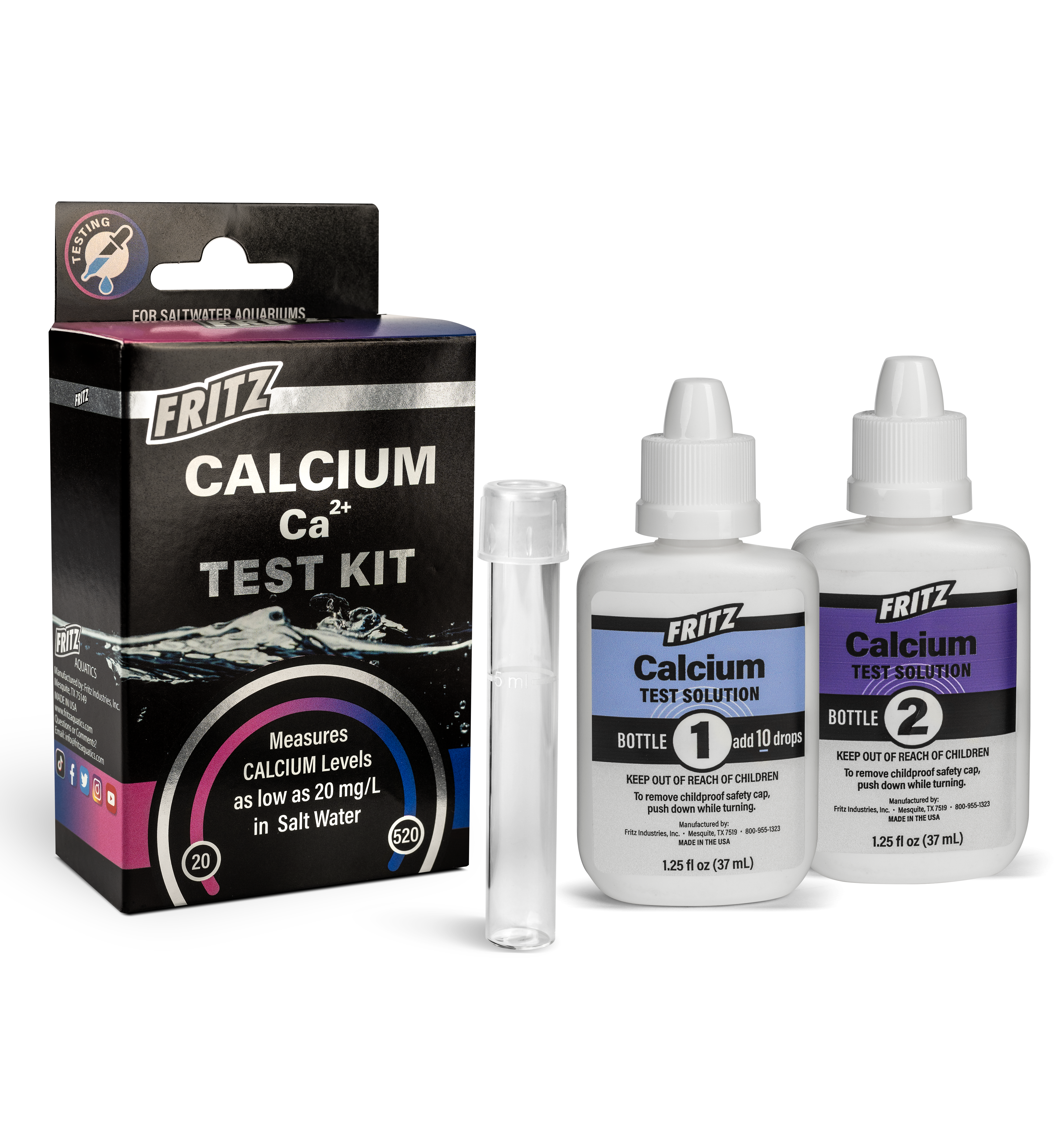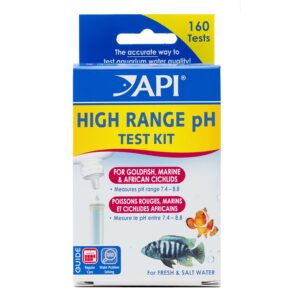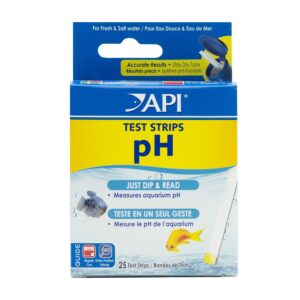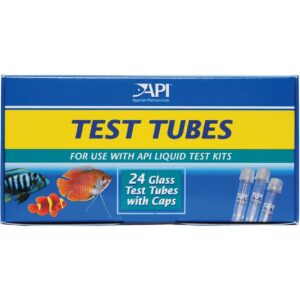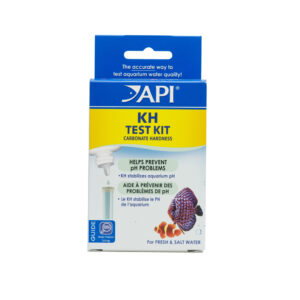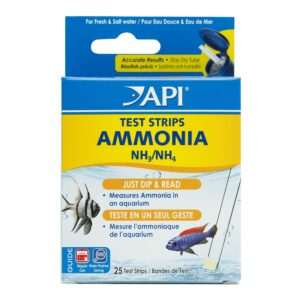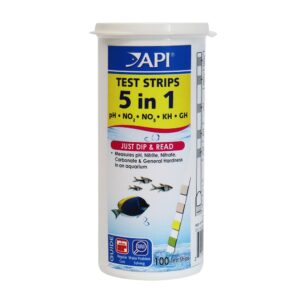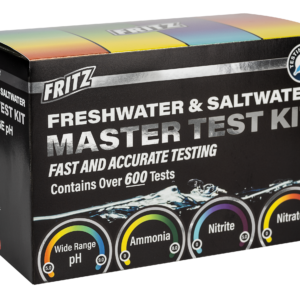-
 Aquatop Forza Power Filter 5-15 - Up to 15 gal
×
$17.991 × $17.99
Aquatop Forza Power Filter 5-15 - Up to 15 gal
×
$17.991 × $17.99 -
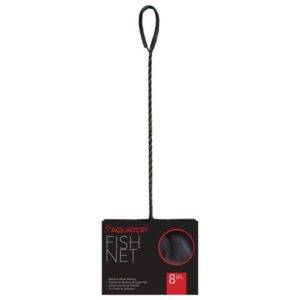 Aquatop Fish Net 8" - Med. Mesh/18.5" Long Handle
×
$9.991 × $9.99
Aquatop Fish Net 8" - Med. Mesh/18.5" Long Handle
×
$9.991 × $9.99 -
 Aquatop Fish Net 8" - Med. Mesh
×
$8.991 × $8.99
Aquatop Fish Net 8" - Med. Mesh
×
$8.991 × $8.99 -
 Continuum AquaBlade M Scraper Short
×
$15.381 × $15.38
Continuum AquaBlade M Scraper Short
×
$15.381 × $15.38 -
 Continuum AquaBlade M Stainless Blade 10pk
×
$39.041 × $39.04
Continuum AquaBlade M Stainless Blade 10pk
×
$39.041 × $39.04 -
 Continuum AquaBlade P Acrylic Blade 30pk
×
$43.781 × $43.78
Continuum AquaBlade P Acrylic Blade 30pk
×
$43.781 × $43.78 -
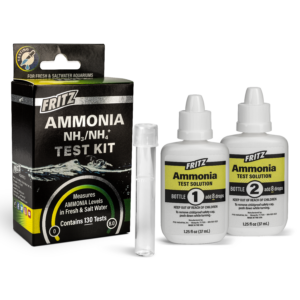 FRITZ Ammonia Test Kit
×
$14.991 × $14.99
FRITZ Ammonia Test Kit
×
$14.991 × $14.99

